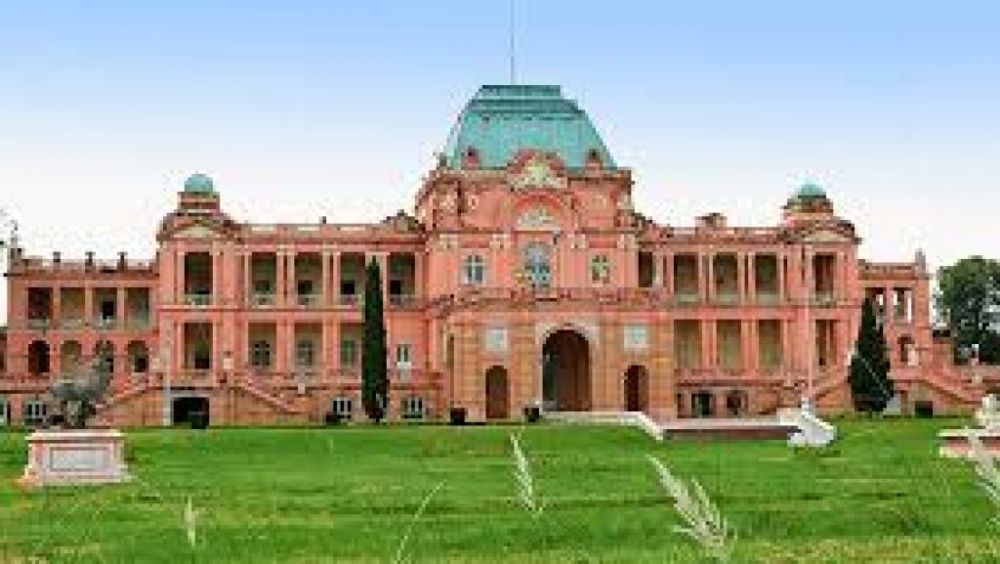

Jagatjit Palace in Kapurthala, Punjab, India exudes an aura of historical elegance and architectural grandness. Kapurthala, often referred to as the 'Paris of Punjab', owes much of its cultural and historic charm to the vision of its erstwhile rulers, especially Maharaja Jagatjit Singh. The palace, named after the Maharaja himself, has been a beacon of luxury and sophistication since its inception.
Built in the early 20th century, Jagatjit Palace is a testament to the cosmopolitan taste of Maharaja Jagatjit Singh, the ruler of Kapurthala from 1877 to 1947. Designed by a French architect, M. Marcel, the palace's architecture is inspired by the palaces of Versailles and Fontainebleau. Its interiors boast of a plenitude of European influence, with beautiful gardens, Durbar Hall, and a museum that today holds many historical artifacts.
Initially, Jagatjit Palace wasn’t widely recognized on the tourism map due to its relative obscurity outside the state of Punjab. However, with the growth of heritage tourism in India and the push for the conservation of historical sites, the palace has grown in prominence. Now a part of the Maharaja's Royal Palaces, it attracts visitors keen on exploring India's rich historical and cultural tapestry.
The palace was primarily a royal residence before it was repurposed. After India's independence, it served as a fine example of royal heritage, opening its doors to visitors and allowing them to peek into the regal lifestyle of the Maharajas. Over the years, the site has been maintained and restored to keep the palace's splendor intact for visitors.
Jagatjit Palace has adapted to the latest tourism trends, with a sharp focus on experiential travel. Visitors are not only looking to witness the magnificence of the palace but also to immerse themselves in its history. Experiencing the regal life that once flourished within its walls is a key attraction.
Heritage walks and cultural shows have become a significant aspect of the tourism offerings at the palace, leveraging the interest in authentic experiences. Moreover, the government's initiatives to promote 'royal trails' connecting various palaces and forts in the region are further boosting visitation numbers. Engaging storytelling by guides enhances the visitor experience, making historical connections that bring the palace’s past to life.
Furthermore, sustainable tourism has gained momentum, with efforts to ensure that the preservation of the palace is compatible with its tourist influx. Information barriers, maintenance work, and controlled visitation are part of the measures taken to safeguard this architectural masterpiece for future generations.
With the blending of history, architecture, and the arts through exhibitions and events, Jagatjit Palace stands out as a significant piece of Punjab's heritage and Indian history. It continues to attract both domestic and international tourists who are eager to witness the unparalleled beauty and history it encapsulates.
For those planning to visit Jagatjit Palace, it stands open on most days of the week, with certain times allotted for guided tours. The palace is not only a spectacle of historic significance but also a testament to the rich culture of Punjab. It is highly recommended to be included in the itinerary of anyone visiting the region.